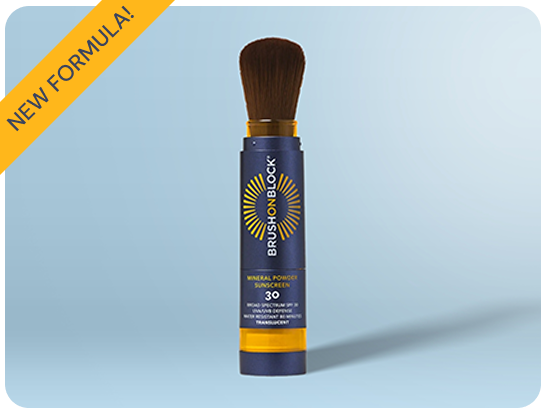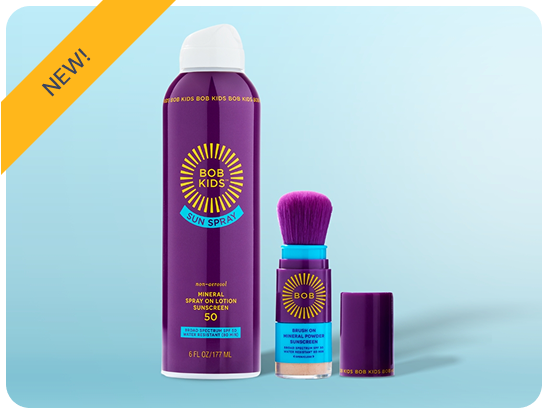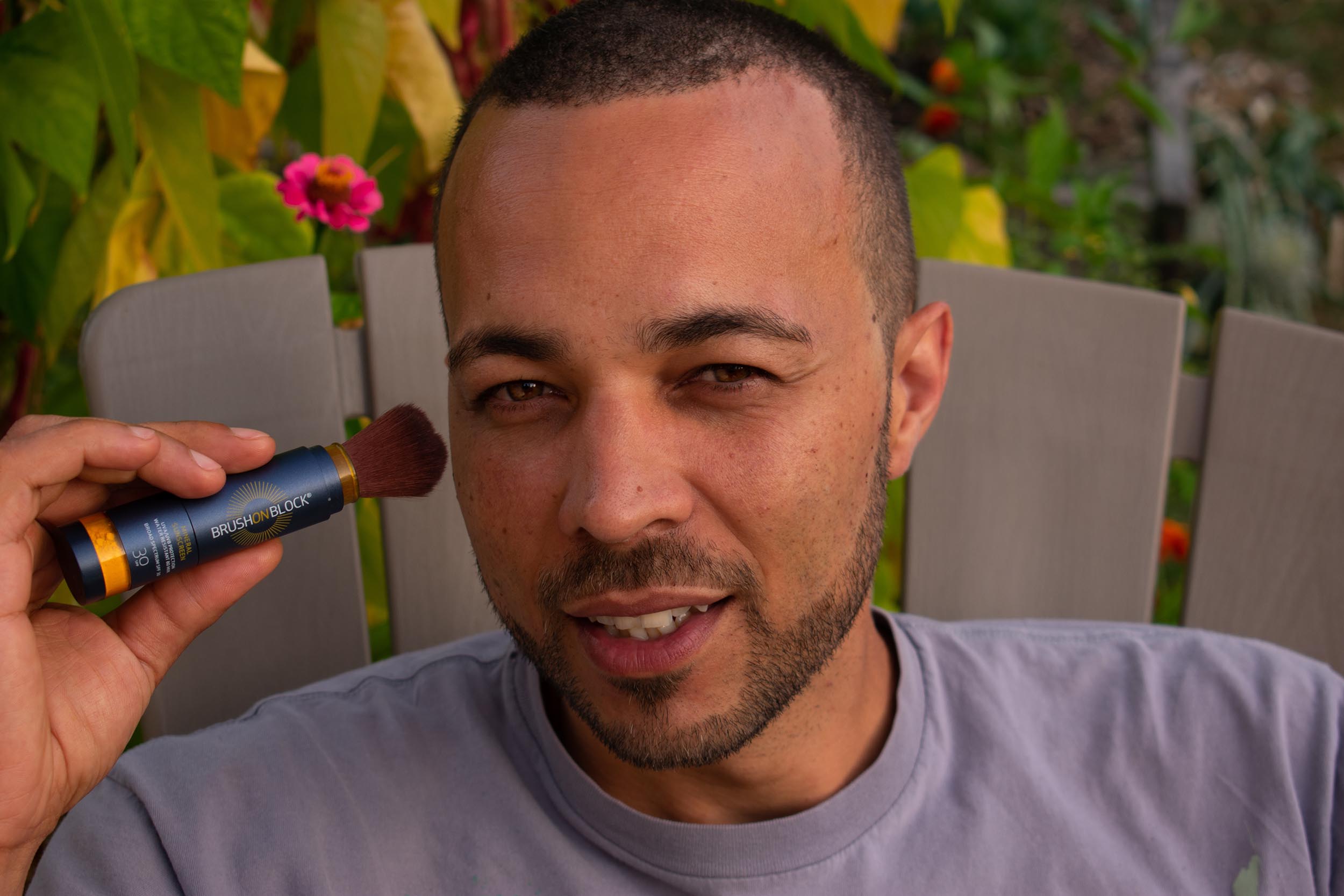September 23 marked the official final day of summer, bringing an end to days by the pool and warm evenings. The good news is that fall brings us back to school, changing leaves and pumpkin patches. Although you might think that the end of summer means the end of farm-to-table meals and homegrown veggies, it doesn't have to be that way!
There are many benefits to planting a fall garden, so why not give it a try? One upside is that the cooler weather means you don’t need to water as much because the extra rainfall supports growth. Additionally, you will sweat far less than in the sweltering summer months and there are fewer pest and disease problems. As the kids go back to school, you will have more free time on your hands to tend to the garden as well. If you plan on getting your seeds from garden centers, there is a good chance they will be discounted late in the season. Finally, you will be way ahead of schedule come spring as your plants will have a head start on establishing their roots and growing.
Just because you're outdoors in the cooler weather, don't think you can skimp on your sun protection! Over 80% of UV rays filter through the clouds, so even if the sun isn't strong enough to burn you, it is still causing photo-aging. Protect yourself with hat, gloves, your BRUSH ON BLOCK® SPF 30 Mineral Powder Sunscreen and Protective Lip Oil SPF 32.
Now that you’re aware of the many great reasons for planting in the fall, you may be wondering what exactly to plant. A good rule to follow is the 90-day rule: plant your fall veggies 90 days before the first frost. Here are some suggestions for your fall garden:
- Arugula
- Brussel Sprouts
- Spinach
- Garlic
- Carrots
- Cabbage
- Radishes
After deciding what you’re going to plant, it’s time to prep the garden. Research the lifespan of your crops in order to plant according to your local frost date. For best results, it’s easiest to start the crop in a flat as opposed to sowing the seeds directly into the ground. Once you notice your plants have a few leaves, they’re ready to be planted into the ground. Get rid of all of the old vegetable plants and pull any debris or weeds. Add compost to get your plants off to a good start. Ensure the plants receive proper watering if there is not ample rainfall, and wait for your vegetables to grow! Use the veggies in all your favorite fall dishes or share them with friends and families.



